10 Pro Tips for Better Photographs (Guest Post by Andre!)
This week’s blogger, Andre Gunther, is an expert in a field of which I know very little, but am still ridiculous passionate about: photography. And he’s been gracious enough to share some of his know-how. Read on for his tips on how to frame that perfect shot, hold your viewers’ attention, and maybe even capture that elusive snapshot of Bigfoot when the opportunity presents itself (and I am always assuming it will).
————————
Learn how you can take better pictures with these easy-to-follow tips.
Creating great pictures is extremely rewarding.
Maybe you want to captivate your viewers and earn their admiration, or maybe you just want to preserve your family memories. Whatever your goal may be, with a little motivation, you can improve your photography skills tremendously.
1. Get Up, Go Out, and Take Photos
–
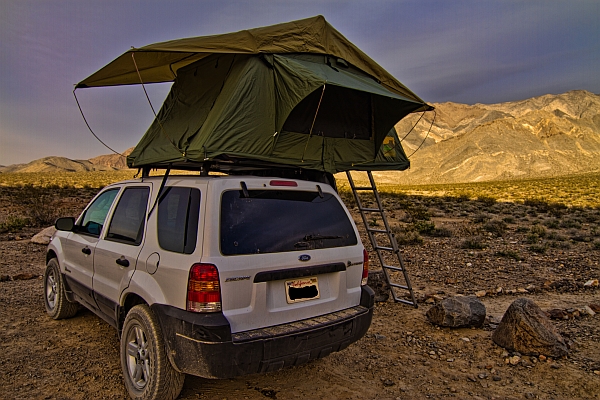
If you can only remember one thing from this list, remember this:
Get out there, get moving, and get busy!
The more you shoot, the more you will learn. Try out new ideas and challenge your old ones. Nobody has to see the photos that do not turn out so great. In his book, Outliers, Malcolm Gladwell theorizes that the only real difference (between being great at something and being only average at it) is practice. Talent often is nothing more than practice and tenacity.
You do not have to go to the extreme, hike tremendous distances, endure hours in the cold, or risk your neck (as I have done foolhardily more than once), but you need to push yourself and constantly challenge your limits.
The photograph above shows my tent. I gave up on creature comforts, such as dinner at a normal hour, a long time ago. I am catching rays of light during that time. Thankfully, my wife is very understanding on these trips.
–
2. Know More
–
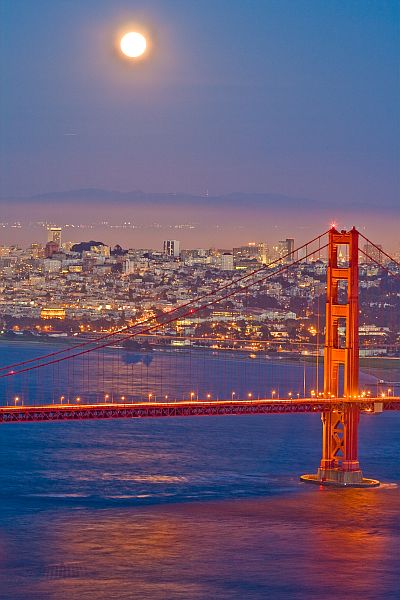 –
–
Many exceptional photographs happen by chance and even more are planned. I calculated the exact hour and place to photograph the moonrise over the Golden Gate Bridge for this picture. I did it many months in advance, marked the day in my calendar, and drove to San Francisco at the correct time.
Other photographers were there, too. Most caught the event by chance, but I would not have been there without my research.
I spend many hours on Google Earth, looking at 3D views of cities, calculating angles. I use topographic maps and calculate the sunrise in a certain canyon. I use tide charts and correlate those with sunrise tables for better beach shots.
It is like a game of Blackjack. You can accept the house advantage and hope for the best, or you can start counting cards and go home rich.
–
3. Find Good Light
–
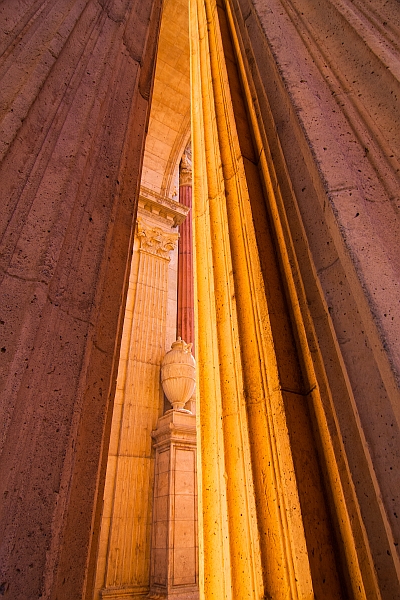
–
Light is the most important element in photography. Light often makes or breaks a photo.
Learn to play with the light. Understand how the shadows move throughout the day and come back to a promising location later if the light is not right yet. Look for “glory” light, a spot of light that breaks through the clouds.
Again, the more you know the better. You can anticipate a rainbow if you position yourself exactly between the sun and the water drops. Knowing where the sun sets and where it’s raining gives you a better chance to align yourself and spice up your shot with a rainbow.
–
4. Find Patterns
–
 –
–
We love to see patterns in our images. Repetitive patterns seem to put our minds at ease. Making order from chaos will earn you the admiration of your viewers.
Whenever you encounter these, make sure they overflow the frame on all sides. Our minds will automatically assume larger patterns. This room had two windows, but it could also be a section of a room with 10 windows. The viewer has no idea. It makes your subject larger than life.
Look for the odd one out, like black sheep in a heard of white sheep. This will create tension and add interest.
–
5. Change Your Point of View
–
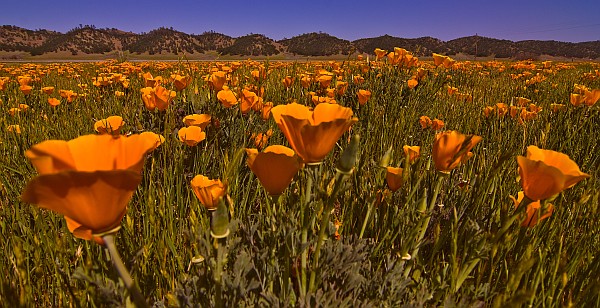
–
I took this photograph lying on my stomach, in the dirt, at the side of the road (see tip 1). I love shooting from the “bug’s perspective”. Viewers are not accustomed to seeing the world this way. These photographs therefore arouse interest. We look twice, maybe at the flower closest to us, and then we start to hop to the next and into the frame.
I also love to take pictures from high above:
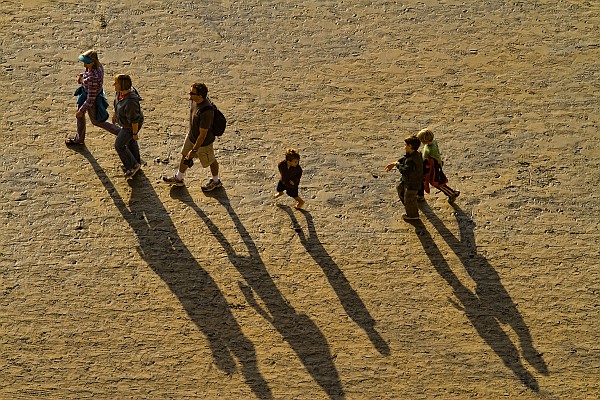 –
–
This too is an unusual perspective that resonates with the viewers.
–
6. Be Invisible
–
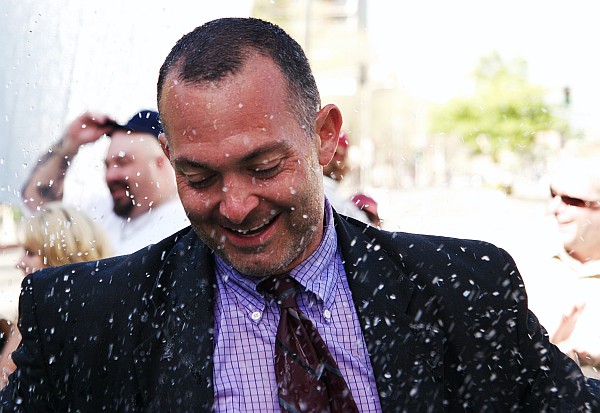 –
–
Photographing people is one of the most difficult tasks for photographers. You need to become invisible and blend into the landscape. People act naturally when they forget you are there.
Camera-conscious subjects do not look natural. They want to show their best side, look at the camera, and use fake smiles. Camera-unaware subjects, engrossed in their activities, are more interesting to view.
Don’t be shy approaching a group. Act naturally and immerse yourself in the action. Participate and don’t stand on the sidelines. A photographer taking pictures from across the street with a long lens is a voyeur. A photographer who is part of the group just is a person that happens to have a camera. Nobody will notice.
The same is true even when you photograph your relatives, children, or colleagues. Putting your subjects at ease and participating will let them forget that you are there to take pictures. They’ll act naturally – and the resulting photographs will definitely impress them.
–
7. Hike with Your Longest Lens on Your Camera
–
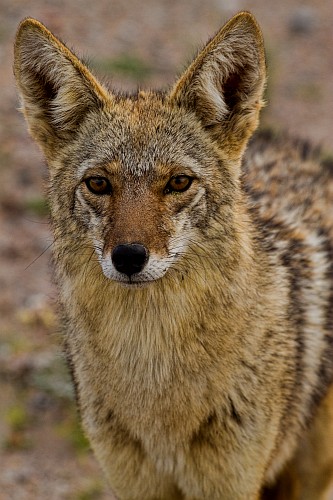 –
–
I always put my longest lens on my camera during long hikes, in case I encounter wildlife.
You will rarely have time for a second shot and you do not want to fumble with your equipment. Put your longest lens on your camera, set it to Exposure Priority Mode, select an exposure time that works well with this lens, and set your ISO sensitivity to auto. This way, you only have to pull the trigger when the aliens land or the first sharp and conclusive proof of Bigfoot happens to appear right in front of you.
If not, you will at least walk away with a picture of a curious coyote.
–
8. Simplicity Makes Stronger Images
–
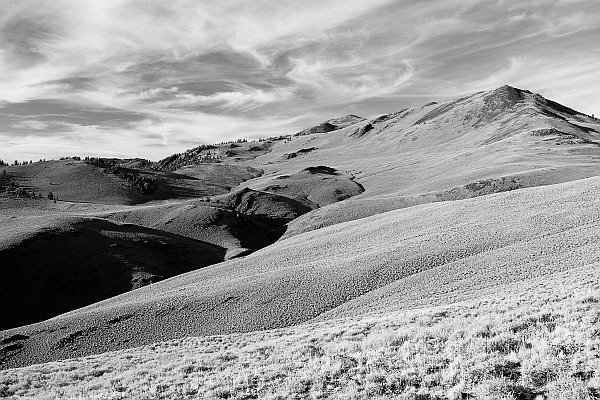 –
–
The human visual system evolved to filter information. We see the world through a context filter that blocks out clutter. When we see a deer, our mind automatically removes the bush around it.
We raise the camera and take the photograph. When we print it, we realize that something is wrong. Our mind has switched gears. When we evaluate a photograph, those previously unnoticed obstructions suddenly stick out. The mind amplifies distractions in pictures.
You need to be conscious of this when you take photographs. Often it only takes a slight shift in your position to eliminate clutter from your scene.
You can eliminate clutter by framing accordingly (as I have done in the picture of tip 3), by limiting depth of field (tip 7), or using the distance distortion effects of wide-angle lenses (tip 5). In the last example, the carpet of flowers only extends for a few meters, but appears to go on forever. Distractions only a few meters away have become invisibly small.
–
9. Remember: a Chisel is a Chisel
–
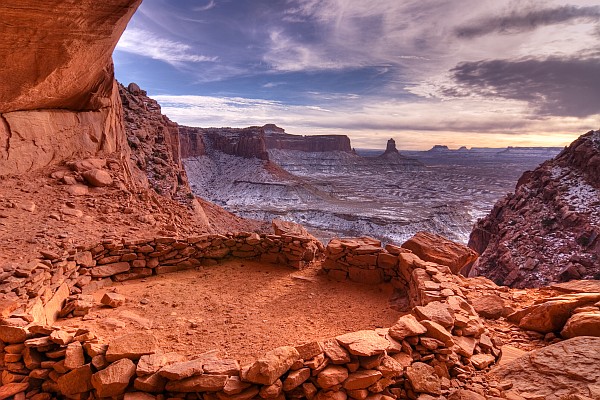
–
Most people ask me about cameras. Which camera should they buy and why is it that their camera does not deliver the stunning colors they expect.
The unpleasant news nobody wants to hear is that the gear has very little impact. I took the photograph above (it’s one of my best-sellers), with a Canon 20D. In terms of resolution and color depth, this camera is inferior to current entry-level DSLRs.
As beginning photographers, we are always the weakest link. Having a better camera will not give you better results. Improve your skills to the point where you actually know why you did not get the results you wanted.
–
10. Tina Says: Don’t Take Yourself too Seriously!
–
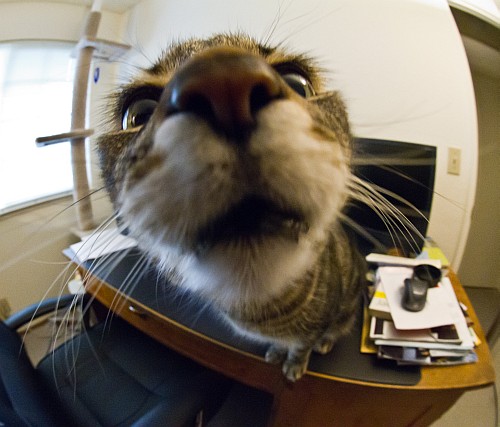
Tina, my cat, wanted me to include her message here. She would like to remind you not to take yourself too seriously and to have some fun while you are at it. Let loose occasionally and enjoy yourself. Get silly and take some fun snaps.
Craig Tanner, a photography podcaster, calls this the power of play. The Zen monks know it, too. Playing around will alter your brain chemistry and allow you to see things differently. Suddenly, new ideas will emerge and new possibilities will open up.
I never run out of ideas, because I just have a good time until an idea comes up.
–
About me
I am Andre Gunther, a traveler, photographer, and writer.
I hope you enjoyed this article as much as I loved writing it and I would like to invite you to visit my photography website: Andre Gunther Photography.
I also write California Photo Scout, a website dedicated to helping you get the best possible shots on your next trip to California. I constantly travel and distill my discoveries into new articles.
I took all the pictures in this article and I possess the full copyright. You are welcome to use them for noncommercial purposes, since I chose to put them under a Creative Commons License with attribution required (link to my photography website). The same applies for all photographs on my website.
I would like to thank Geraldine for the opportunity to write for her readers!









Leave a Comment